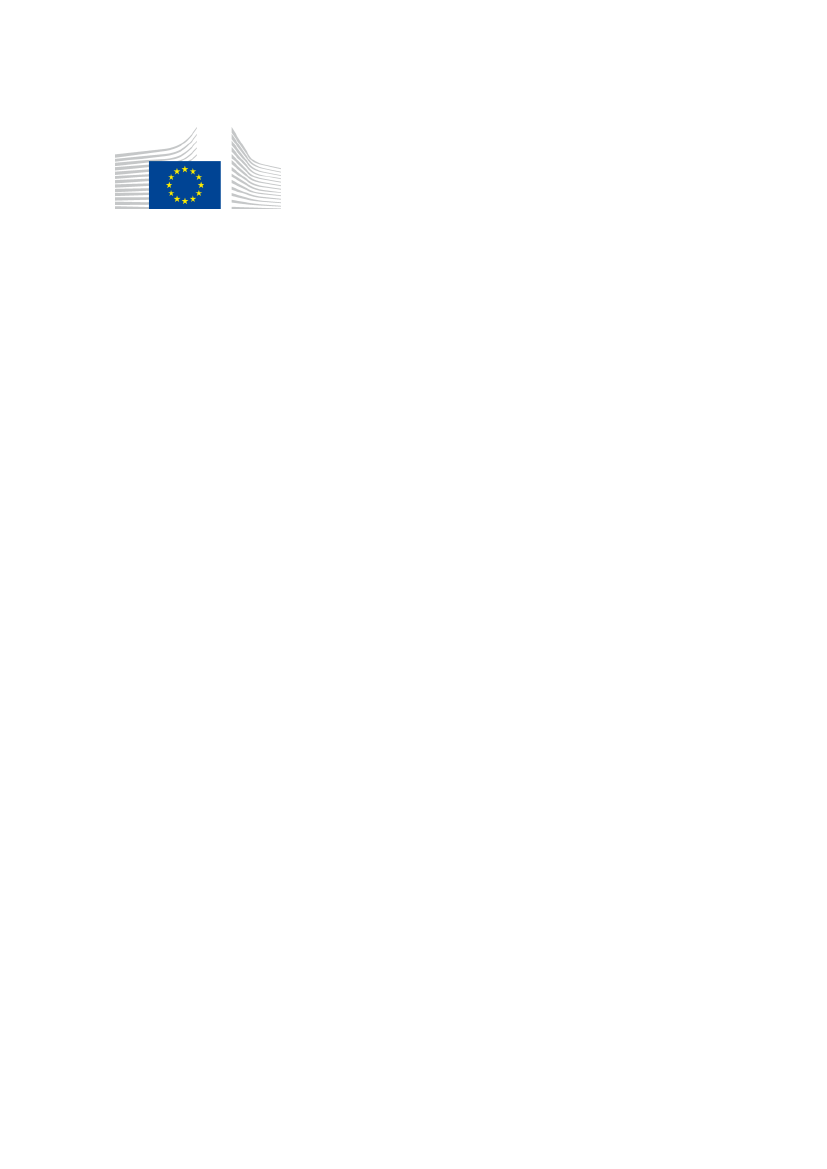
EUROPEAN
COMMISSION
Brussels, 4.2.2025
SWD(2025) 13 final
COMMISSION STAFF WORKING DOCUMENT
EU Overview
Third river basin management plans
Second flood hazard and risk maps and second flood risk management plans
Accompanying the document
REPORT FROM THE COMMISSION TO THE COUNCIL AND THE EUROPEAN
PARLIAMENT
on the implementation of the Water Framework Directive (2000/60/EC) and the Floods
Directive (2007/60/EC)
Third river basin management plans
Second flood risk management plans
{COM(2025) 2 final} - {SWD(2025) 14 final} - {SWD(2025) 15 final} -
{SWD(2025) 16 final} - {SWD(2025) 17 final} - {SWD(2025) 18 final} -
{SWD(2025) 19 final} - {SWD(2025) 20 final} - {SWD(2025) 21 final} -
{SWD(2025) 22 final} - {SWD(2025) 23 final} - {SWD(2025) 24 final} -
{SWD(2025) 25 final} - {SWD(2025) 26 final} - {SWD(2025) 27 final} -
{SWD(2025) 28 final} - {SWD(2025) 29 final} - {SWD(2025) 30 final} -
{SWD(2025) 31 final} - {SWD(2025) 32 final} - {SWD(2025) 33 final} -
{SWD(2025) 34 final} - {SWD(2025) 35 final}
EN
EN